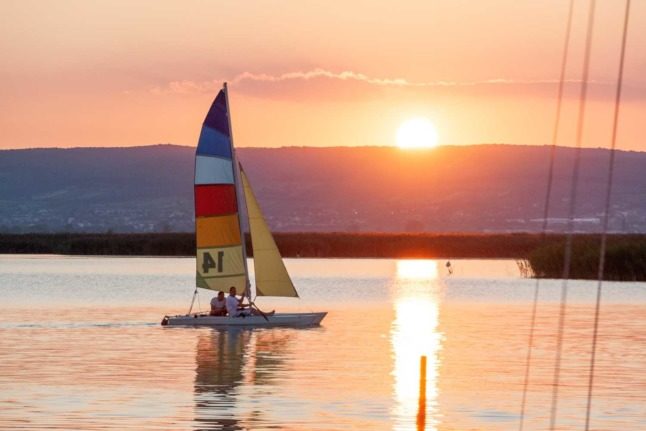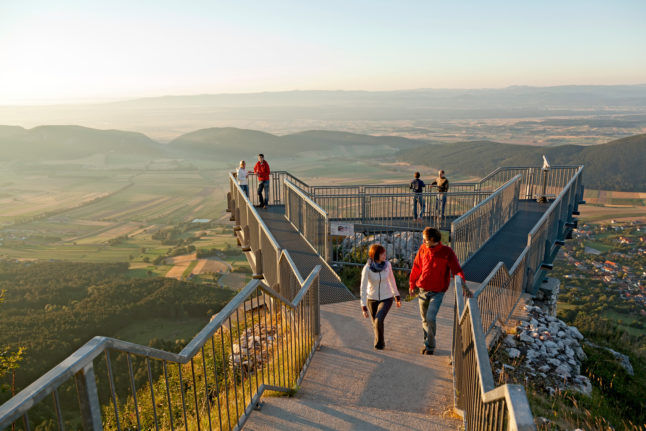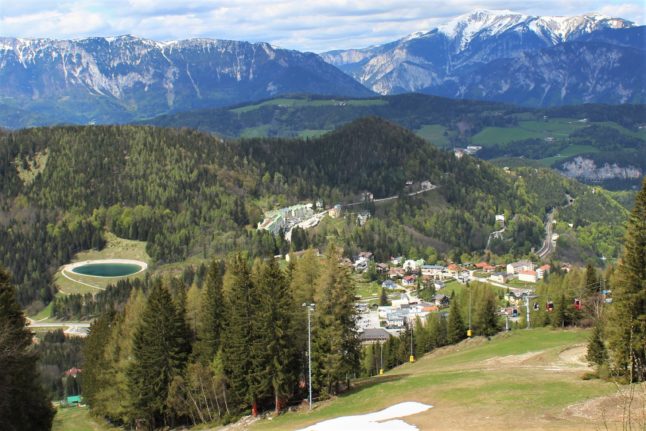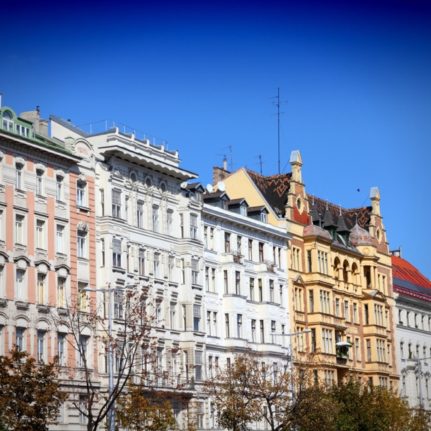Austria is known for its beauty: both natural and architectural. Vienna is a perfect example of the mix between beautiful parks, lakes and rivers and the imperial buildings that are simply jaw-dropping.
But there is much to be seen around the Habsburg capital, and especially for those who live in Vienna, an escapade for a weekend or just a few hours can be the perfect small vacation. And an opportunity to get to know more about Austria and its quaint little towns.
READ ALSO: One day in Vienna: How to spend 24 hours in the Austrian capital
These are five places just a short ride south of Vienna that you should definitely visit.

Lake Neusiedl
Take advantage of the warm weather and sunny days to visit Neusiedler See, or lake Neusiedl, also known as the Sea of the Viennese.
The lake is huge at 315 square meters of surface area, and it reaches the border with Hungary. The Austrian side is particularly packed in the summer months, as Vienna residents flock to the See to enjoy swimming and water sports.
READ ALSO: The best lakes and swimming spots in Austria
The region is also a protected wildlife habitat and offers attractive sightseeing opportunities just about an hour’s drive from Vienna. It is also surrounded by quaint villages and towns, like Rust, Austria’s smallest statutory city, and the picturesque Podersdorf am See.

Schneeberg and Hohe Wand
Mountains can also be found outside of Tyrol and Salzburg, and Schneeberg (literally snow mountain in German) is the perfect example.
At over 2,000 meters, it is the highest mountain in Lower Austria and just under two hours drive from Vienna. The Schneebergbahn can drive those who do not want to climb most of the way up the mountain, where there are several huts with local food and drinks.
READ ALSO: Discover Austria: Six off-the-beaten-track towns to visit
On the way to Schneeberg, there is also the Hohe Wand, a municipality with four quaint villages and countless hiking trails.
The Nature Park has beautiful viewing points and some surprising attractions, including a petting zoo for kids (and grown-ups), a hike with llamas and alpacas and even paragliding for those who want an even more unique view.

Laxenburg Castle Park
Just a 45-minute ride with public transport can take you to Laxenburg, a market town in the district of Mödling, where the Habsburg imperial family enjoyed their summers – and now you can too. The region is known for its castles and castle-side lakes. All very instagrammable, but most of all: very enjoyable, especially on warm sunny days.

Semmering
Together with Schneeberg, Semmering is one of the most famous mountains around Vienna and a destination all year long. It is easily accessible in under an hour-and-a-half with public transport or a car.
READ ALSO: EXPLAINED: How to not be ‘bumped’ from an overcrowded Austrian train
There is no shortage of entertainment options, including hikes, tours, viewing points, and cute places to eat and drink. The short walk to the 20-Schilling Blick, where you can see the train tracks (and the train, of course), is a great day trip.
Feeling like something further?
Austria is well connected by an extensive train network. You can easily go to different destinations, even if just for the day. A train ride from Vienna to Salzburg, for example, takes less than three hours – from downtown to downtown.
READ ALSO: How to explore the Austrian mountains in the summer like a local
Several trains go back and forth Vienna-Salzburg on weekends, and tickets can start at € 30 (one way). Night trains can also take you even further. Here you can see ten destinations by direct night train from Vienna.



 Please whitelist us to continue reading.
Please whitelist us to continue reading.
Member comments